Report from Jordan and Israel
February, 2019
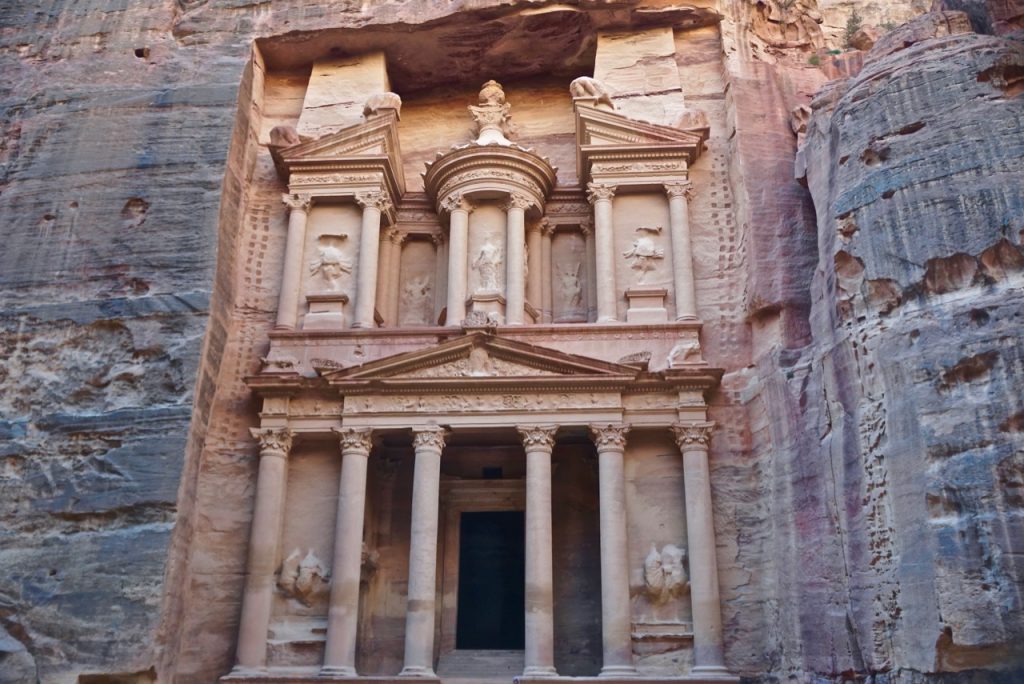
The Ancient Ruins of Petra
Petra is a world-heritage site, one of the best preserved ruins of a civilization that thrived two thousand years ago, but whose culture and people were assimilated within the region, leaving only the empty ruins of the city that was its crowning achievement. Petra is the fabulous stone city that was featured in the movie Raiders of the Lost Ark. Traveling with a friend from Reno who was visiting Jordan for the first time, we decided to accompany her, though I had visited Petra twice before and Susan once before. Though I’ve never visited Egypt’s pyramids, I’m sure one could visit them numerous times and continue to be impressed every time. Petra is similarly impressive.
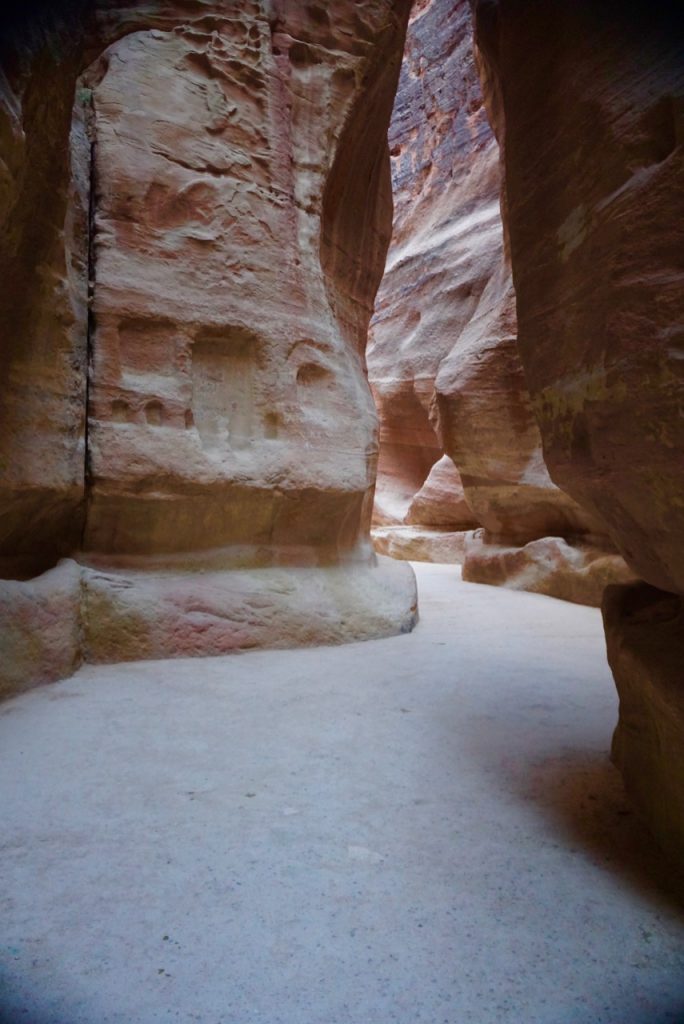
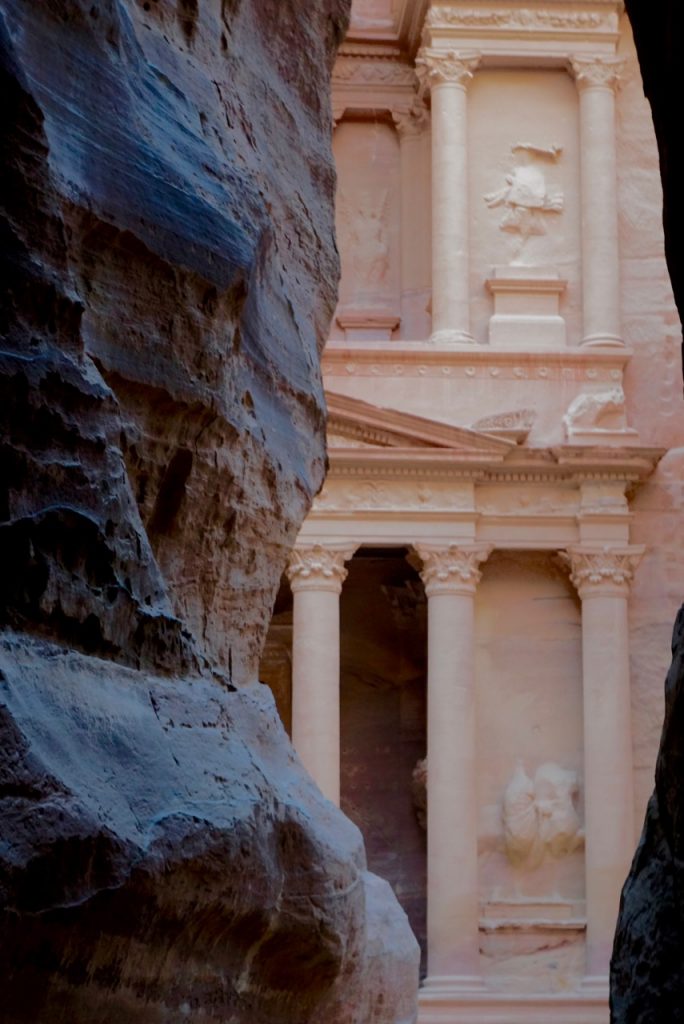
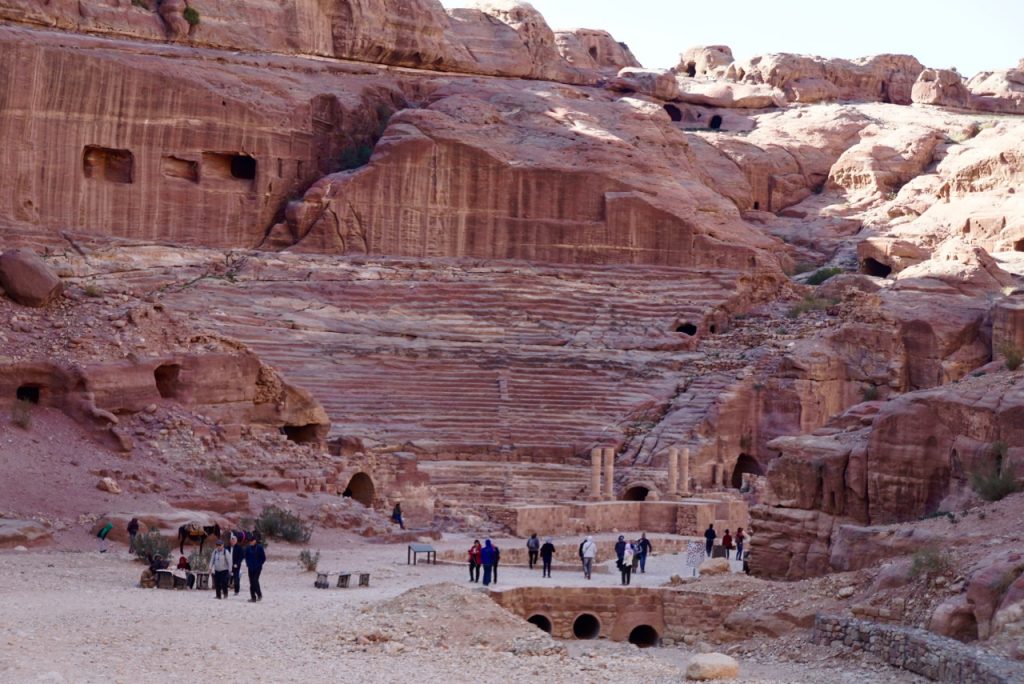
Petra was the home of the Nabateans (spelled Nabataean in Wikipedia). Petra’s signature stone carved masterpiece, the Treasury, dating from the 3rd century BC, is its best known feature. But the Treasury is simply the entrance to Petra, an ancient city dating back several centuries before Christ (BC). There are hundreds of tombs carved into the valley walls that show a mixture of Egyptian, Greek, and other influences. The Nabateans existed as an independent people until they were conquered by the Romans in the second century AD. After the Roman empire dissolved, the Nabateans disappeared as well. Because of its remote and inaccessible location, Petra was forgotten for almost a thousand years, until it was rediscovered in the 19th century. Currently, it is Jordan’s most famous tourist attraction.
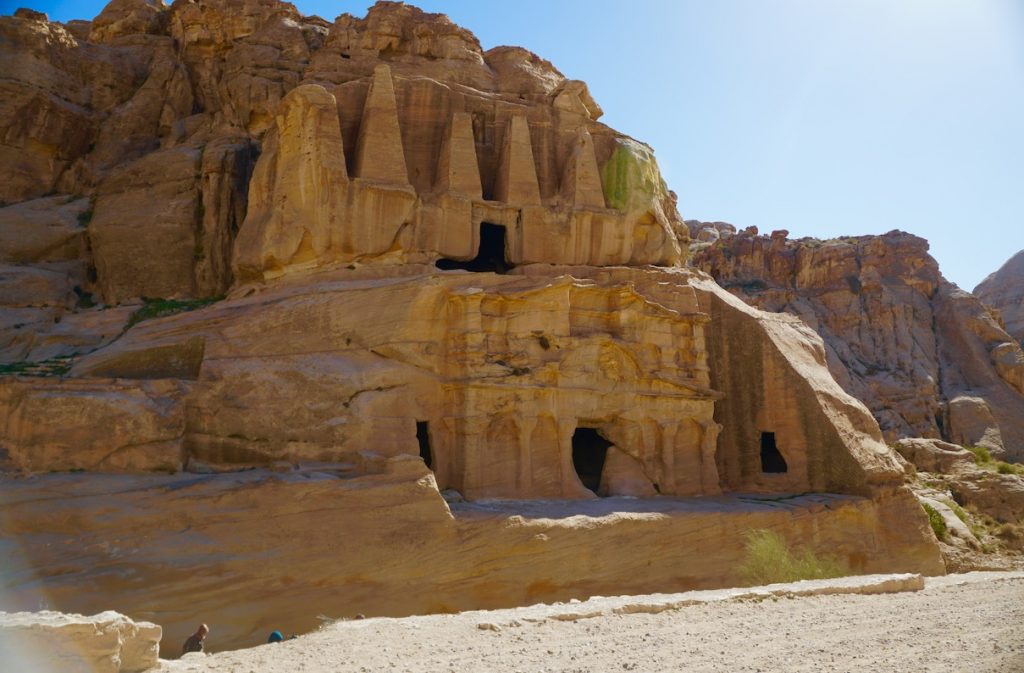
Petra’s tombs are an interesting combination of Greek and Egyptian influences. Their religion/gods were a mixture of cultures as well. Petra supported itself by collecting tolls from caravans and traders who paid to use the passageway through the rugged mountains which the Nabateans developed and controlled. Visitors enter the Petra valley through a two kilometer narrow slot canyon which ends at the Treasury. From there the former Nabatean valley is home to hundreds of tombs carved into the mountainsides, an amphitheater, and the ruins of Roman columns, roads, and buildings. The Nabateans rerouted the river that originally flowed through the slot canyon, enabling the creation of a toll road shortcut for caravans to pass through the rugged mountains. It is theorized that Petra and the Nabatean civilization were destroyed by a major earthquake and a destructive flash flood which unexpectedly flowed through the canyon. Indeed, in the past year several Petra tourists were killed by a sudden flash flood that once again suddenly flowed through the valley.
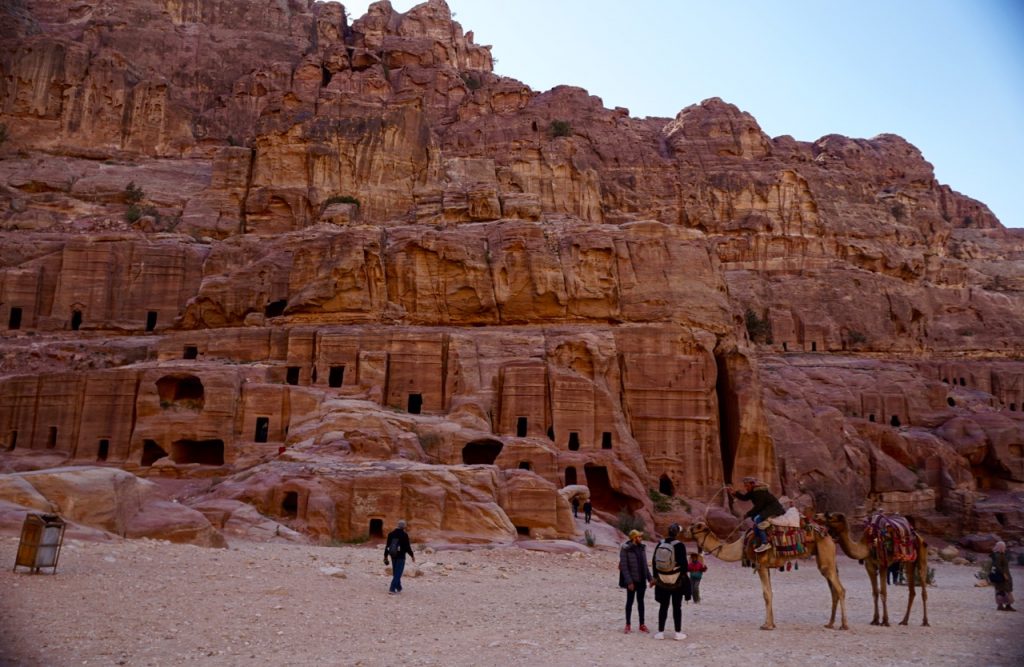
Middle East Nurses United in Human Caring
My dear friend, the late great dancer Chitresh Das summarized the Middle East in this phrase: “The children of Abraham are spoiling their father’s garden.”
Susan’s sister Aliza has lived in Israel for over thirty years. We have visited her many times over the last twenty-five years. I like Aliza’s friends. Everyone has welcomed me even though I’m not Jewish. When one speaks with Israelis, there is the universal commitment that “never again” will Jews be victims as they were during World War II and for centuries before.
The Jewish diaspora, i.e. the scattering of Jews from Palestine to surrounding countries, happened over two thousand years ago. The national impulse, known as Zionism, was finally fulfilled in 1948 when the UN established the state of Israel, immediately sparking a war with the surrounding Moslem countries. Through determination, inventiveness, and technology, Israel has thrived and built a country that is the most democratic one in the Middle East. When I describe the appalling situation with the Palestinians whose land has been occupied since the Six-Day War of 1967 fought against Egypt, Jordan, and other Moslem countries, I’m not suggesting any anti-Semitic or anti-Jewish sentiment. I’m simply describing the current situation as I see it at this time.

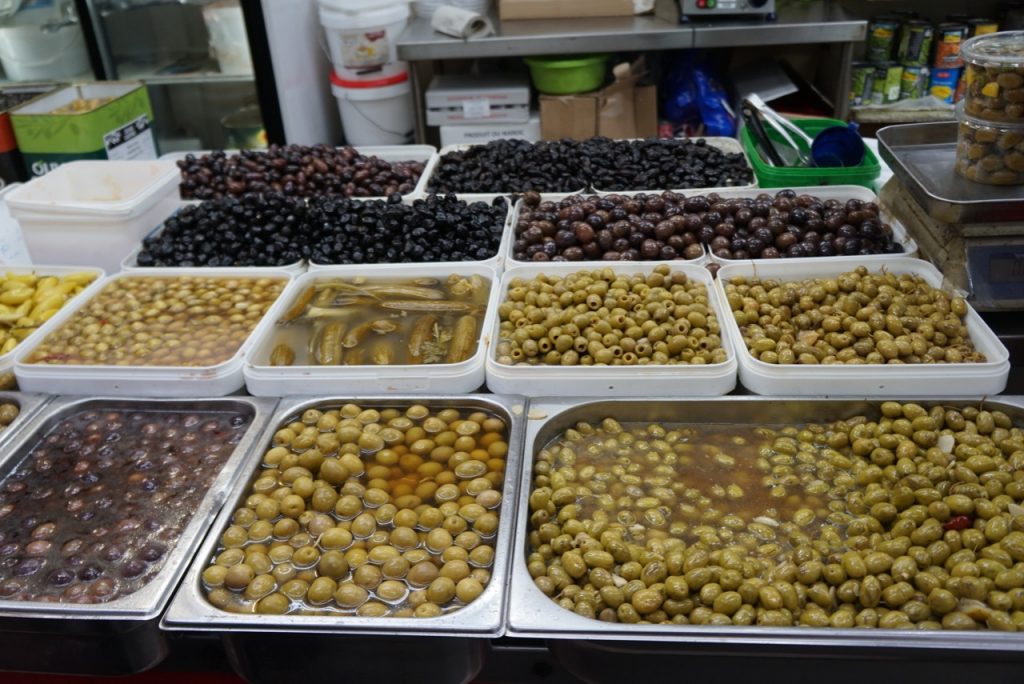
In between Israel and Jordan is the “West Bank,” the Palestinian territories captured by Israel from Jordan in the 1967 war. It has been occupied by Israel for the past fifty-one years. But Israel has never dared to officially annex it as part of Israel. Nor has it dared to allow Palestinians to form their own independent country. And so the military occupation, with hundreds of military checkpoints, midnight raids against suspected militants, and the razing of the family houses of any family member accused of a terrorist act, continues with no end in sight. Over time, Palestinian land has slowly been encroached upon, seized, and occupied by militant Jewish settlers who would prefer to ethnically cleanse the Palestinians from the land where they have lived for centuries.

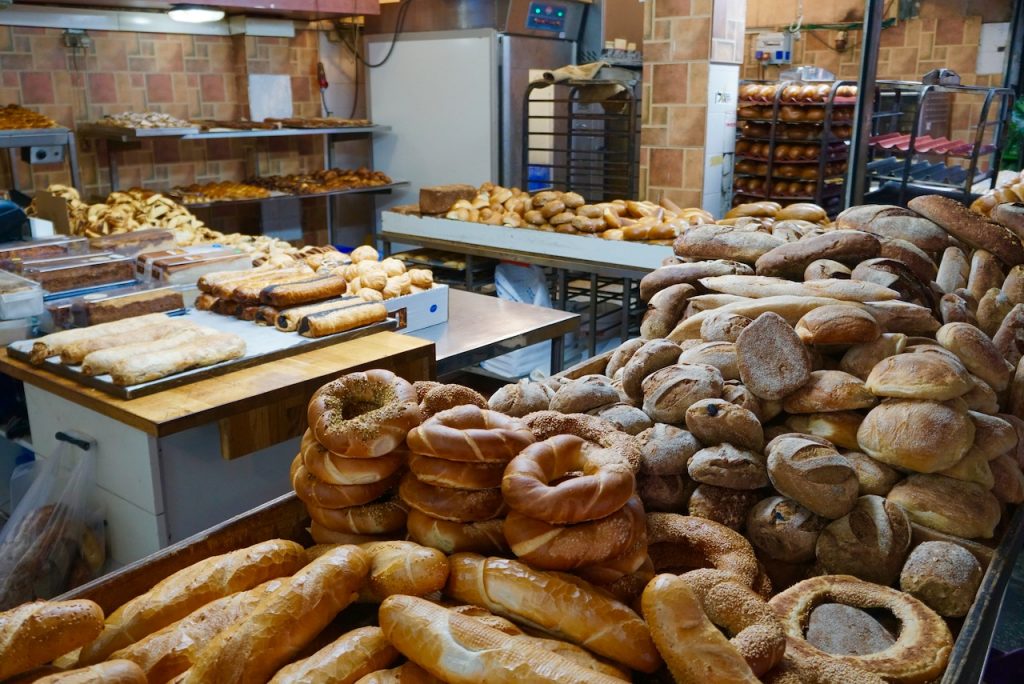
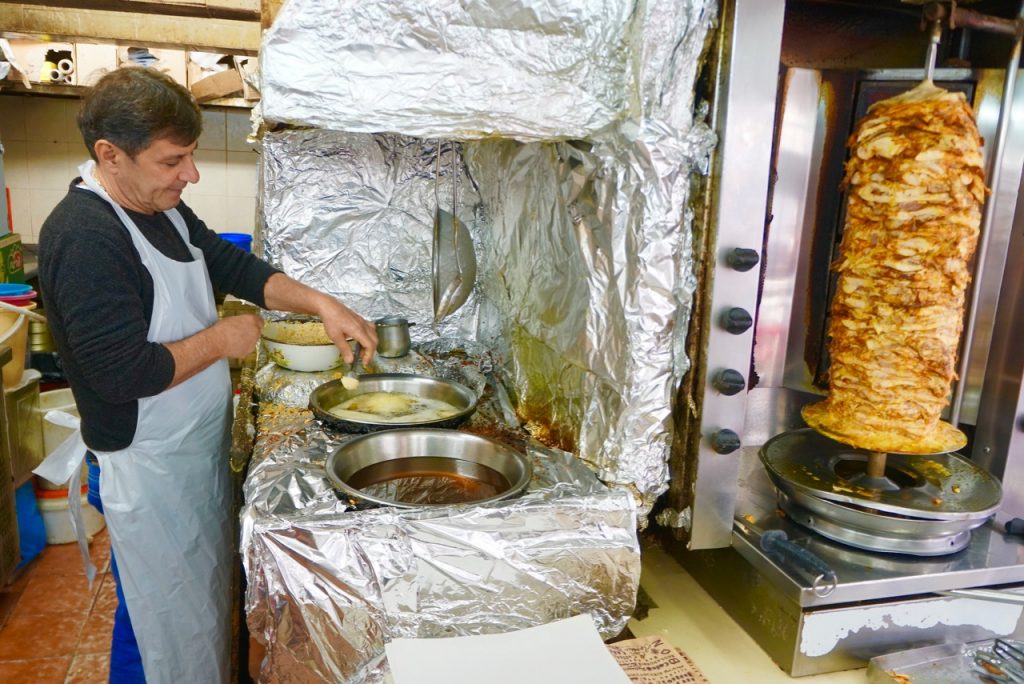
Conditions in Gaza are even worse. Israel controls and limits all access to Gaza, creating an open-air prison for the two million Gazans, where there is high unemployment, shortages of food, building supplies, fuel, or other essentials for normal life. Gazans elected the militant Hamas party over the more traditional but corrupt Fatah party, the leaders of the West Bank’s government, in a fair election, because Hamas took a stronger stance against the Israeli blockade than Fatah. Israel justifies its blockade of Gaza because of Hamas. Gazans are desperate to pressure Israel to relax the blockade. Weekly demonstrations have resulted in the deaths of 264 Gazans, with hundreds wounded by the Israeli military since March of 2018, while two Israeli soldiers were killed during this same period. These figures are cited in the Israeli press, which is totally free and uncensored to Israel’s credit.
The tragic reality is that during the Palestinian Intifadas (uprisings) in the early 2000’s, Palestinian suicide terrorists blew themselves up in Israel, as well as placing bombs in public buses, killing many Israelis. This led Israel to build a tall wall separating Israel and the West Bank, expelling most Palestinian laborers from Israel, and establishing the onerous border crossing controls that are still in place today many years later.
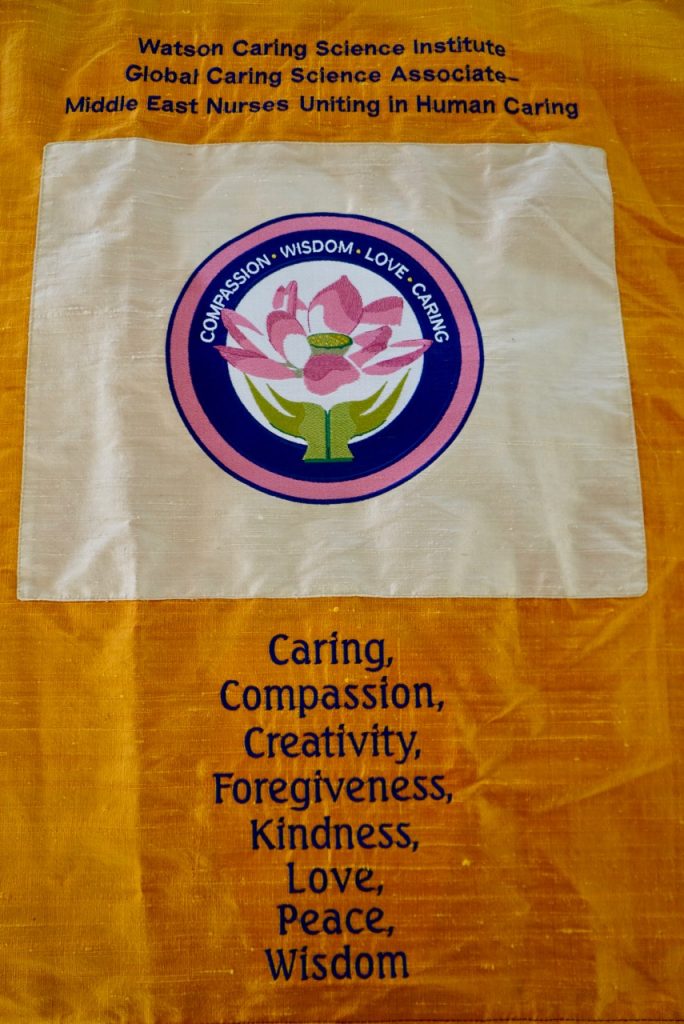
For the last seven years, Susan and I have been traveling to Israel and Jordan to support a small but vital project for peace in the region, the annual conference of Middle East Nurses United in Human Caring held in Aqaba, Jordan. The conference was conceived by renowned nurse theorist Dr. Jean Watson, who promotes nursing as a potential force for world peace. She says, “You can bring nurses of any nationalities into a room together, and they will all share the same values. They are healers.” What part of the world is in the most need of healing? The Middle East! Thus, Dr. Watson initiated the annual conference of Middle East Nurses United in Human Caring.
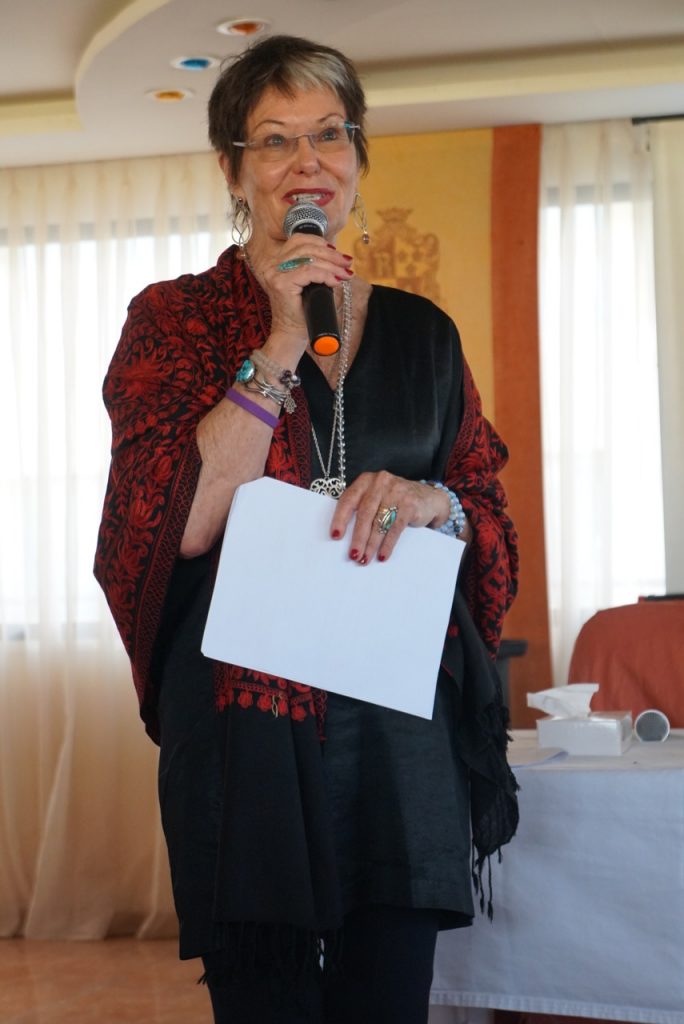
Florence Nightingale of the 21st century
The Israeli occupation of the West Bank and the total blockade of Gaza means that Palestinians in these territories are “stateless.” They don’t have passports, which prevents them from traveling internationally. Palestinians in the West Bank and Gaza are not allowed to become Israeli citizens. Nor is Palestine recognized as its own sovereign country. Jordan is the only country where Palestinians are able to freely travel. That is why the conference is held in Jordan, where Israeli and Arab nurses are able to meet, exchange ideas, and form relationships that would be very difficult or impossible to initiate in Israel.
This year’s conference was attended by approximately one hundred and fifty attendees from Israel, Palestine, Jordan, the US, Switzerland, Sweden, and Iran. The three day conference was spent mostly in short presentations from various attendees highlighting their various research projects and initiatives. The topics highlighted conflicts in the region, such as one presentation describing the difficulties Palestinian nurses face in traveling through Israeli military checkpoints from Palestine to reach their jobs in Israel. What would otherwise be a half hour journey might take three hours or more depending on the mood of the Israeli military, young soldiers manning the checkpoints. Thus, Palestinian nurses must arise at 3am to be able to reach their jobs at Hadassah Hospital in Jerusalem by 7am.
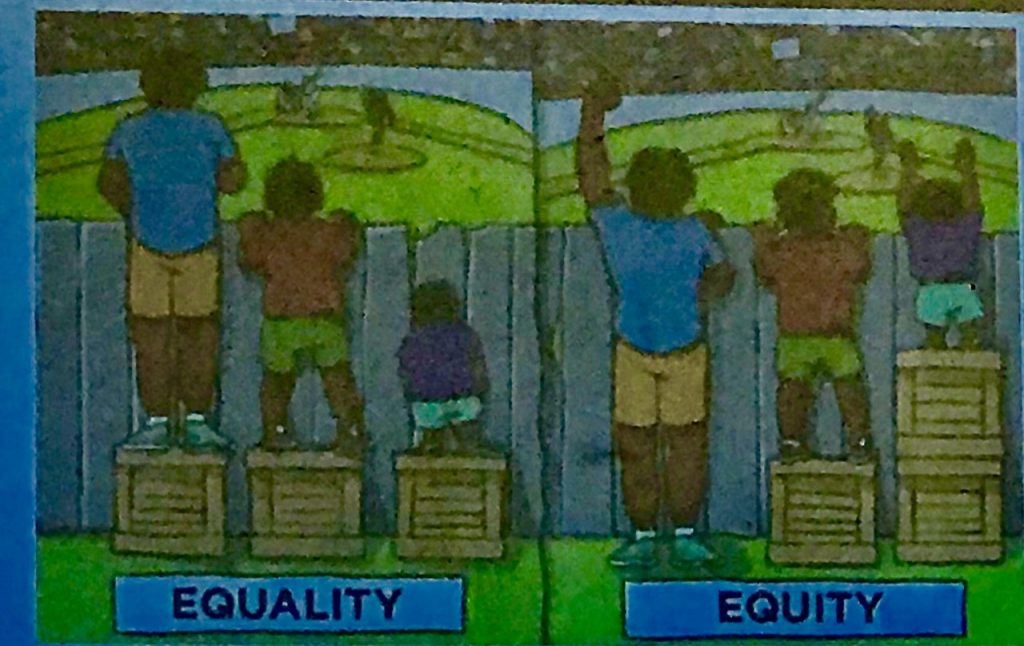
One progressive concept discussed was “health equity,” the idea that different ethnic and economic groups should have equal access healthcare services. For example, Israelis typically have longer lifespans than Palestinians. Palestinians have a higher poverty level and rate of smoking than Israelis. On the other hand, Palestinians have a higher vaccination rate than Israelis. It was interesting to learn that highly educated affluent Israelis have the lowest vaccination rate among all groups in the region. This is attributed to that fact that many richer Israelis may have been influenced by the discredited and baseless publications claiming that vaccinations can cause autism. This has led to an outbreak of measles in Israel for the first time since the universal practice of vaccinating everyone against measles had practically eradicated it. I suspect that the same phenomenon is occurring among well-read Americans who think that if everyone else is vaccinated, then they just don’t need to bother with it. As a result, over two hundred individual cases of measles (and growing) in ten states in the US have been recorded so far in 2019.
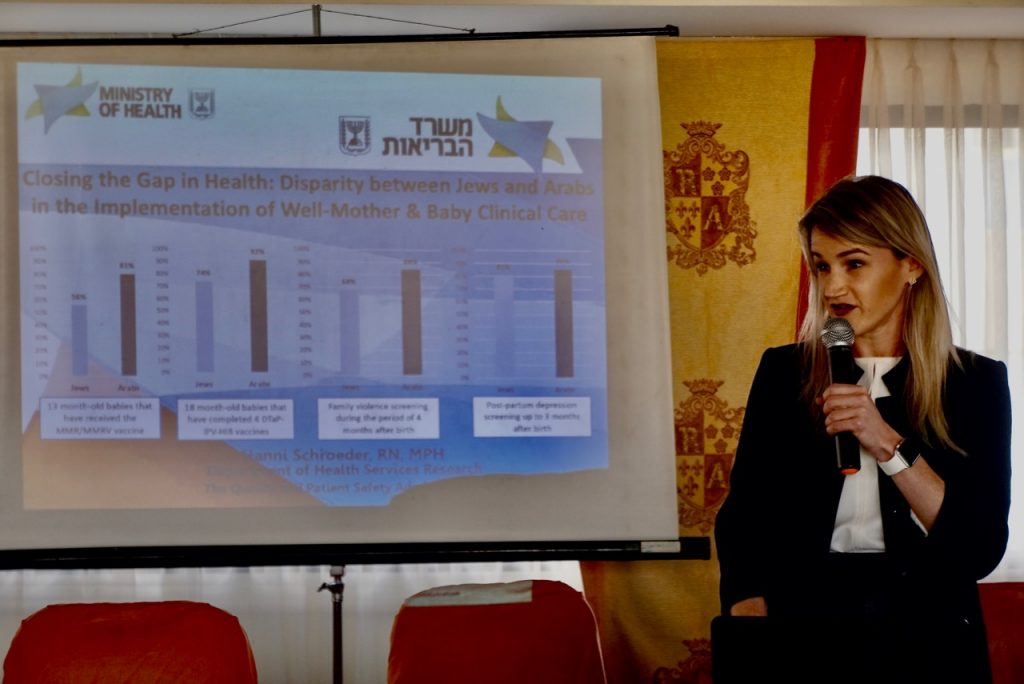
This year, more than in any year previously, the “elephant in the room” was discussed, the occupation of Palestine by the Israeli military, which undeniably results in deaths because of the hundreds of Israeli checkpoints that inhibit Palestinian travel. Women waiting in backed-up traffic at checkpoints have given birth in their taxis, and acutely ill patients have died while waiting for hours to be admitted through the checkpoints.
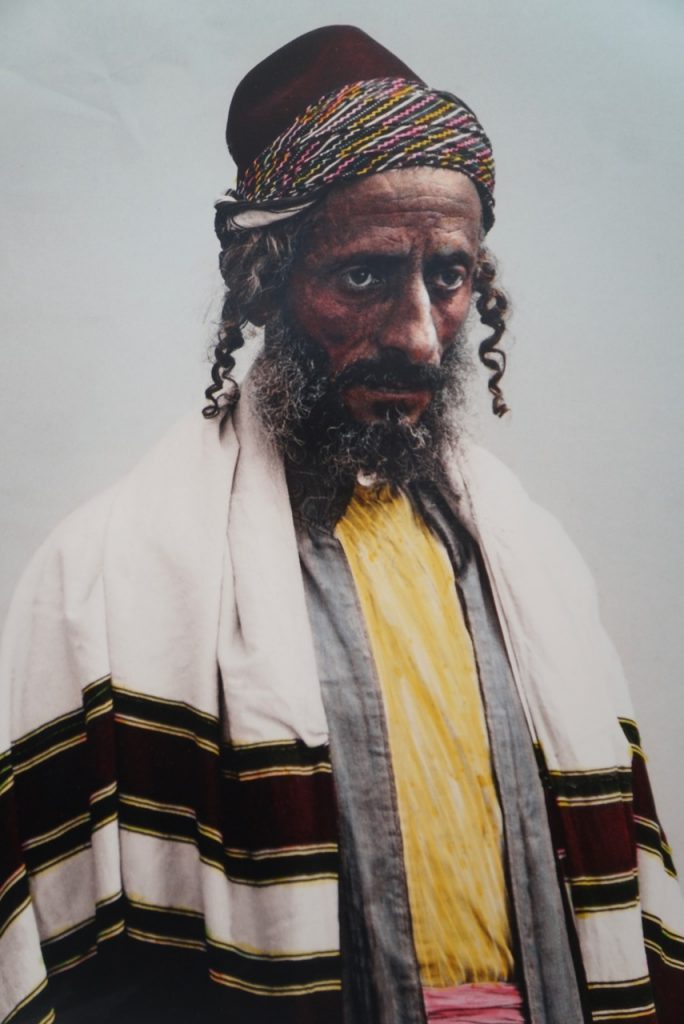
a Jewish man wearing the side-curls
required by the Muslim majority
of the minority Jewish population,
that began immigrating to Israel in the late 1800's
There has been a consensus at all previous conferences that political discussions should be avoided. Instead, discussions should be centered on shared goals and values, the shared interests that link different nationalities and religions and overcome differences. But when the subject of social justice was discussed, it was pointed out that the very existence of this conference is a political act. Any conference that brings Israeli and Arab nurses together would be regarded as inherently political, even if politics was not discussed.
The sad fact is that many Israelis and Palestinians consider any interaction with the other side to be “consorting with the enemy.” This can result in severe repercussions on both sides. Attendees don’t dare to share their conference attendance on their Facebook pages. One notable example of this conflict was the difficulty faced by famous conductor Daniel Barenboim’s East-West Orchestra, which consisted of the best young Israeli and Palestinian musicians. The musicians were unable to safely meet in Israel or Palestine and were forced to travel to Vienna in order to be able to safely rehearse and perform the symphonic music for which they had trained all their lives.
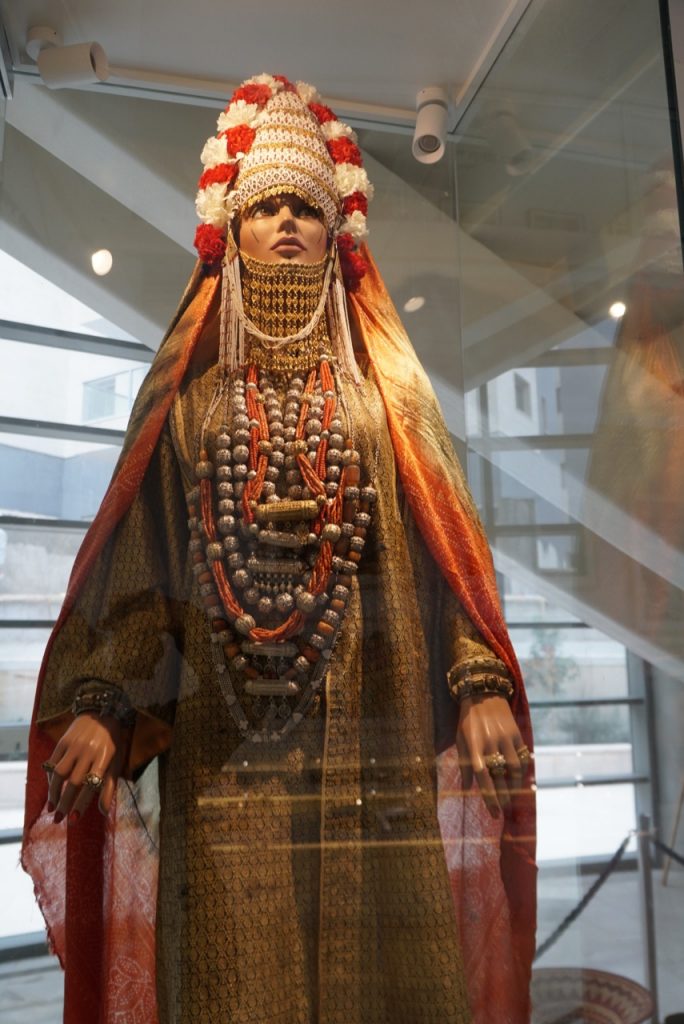

Many of the Israeli and Palestinian nurses attending the conference have known each other for as long as the conference has existed. They treat many of the same patients who are frequently transferred from Palestine to the more modern hospitals in Israel for advanced treatment, and then back again to Palestine. Professional relationships between these nurses enable a better continuum of care, when treatment histories of specific patients are shared among the two groups of caregivers. The Israeli nurses, in particular, pride themselves on providing the highest quality care to all who need it, even if some of those patients include “terrorists” or people from the other side who were injured in violent protests and confrontations with the Israeli military. These dedicated nurses see their mission as to deliver care, completely apart from the political issues in the region.
The title of the conference group, Middle East Nurses United in Human Caring, was consciously intended to signify that nurses from the entire region participate in celebration of the shared values highlighted by Dr. Watson. It was not intended to focus only on Israeli and Palestinian nurses, though the “elephant in the room” colors the event, even when the political situation is not overtly discussed.
In the future, the neutral countries of Sweden and Switzerland intend to support the conference to a greater degree, together with the World Health Organization (a United Nations agency) and the ICN—the International Council of Nurses, an NGO (non-governmental organization) which represents nursing organizations from 130 countries. It is hoped that this broader international support will allow the conference to emerge from its current covert “under the radar” status, so that this Israeli-Palestinian collaboration can be openly publicized. This will empower greater freedom and cooperation between nurses of all countries, Middle East regional nurses in general, and especially Israeli and Palestinian nurses.
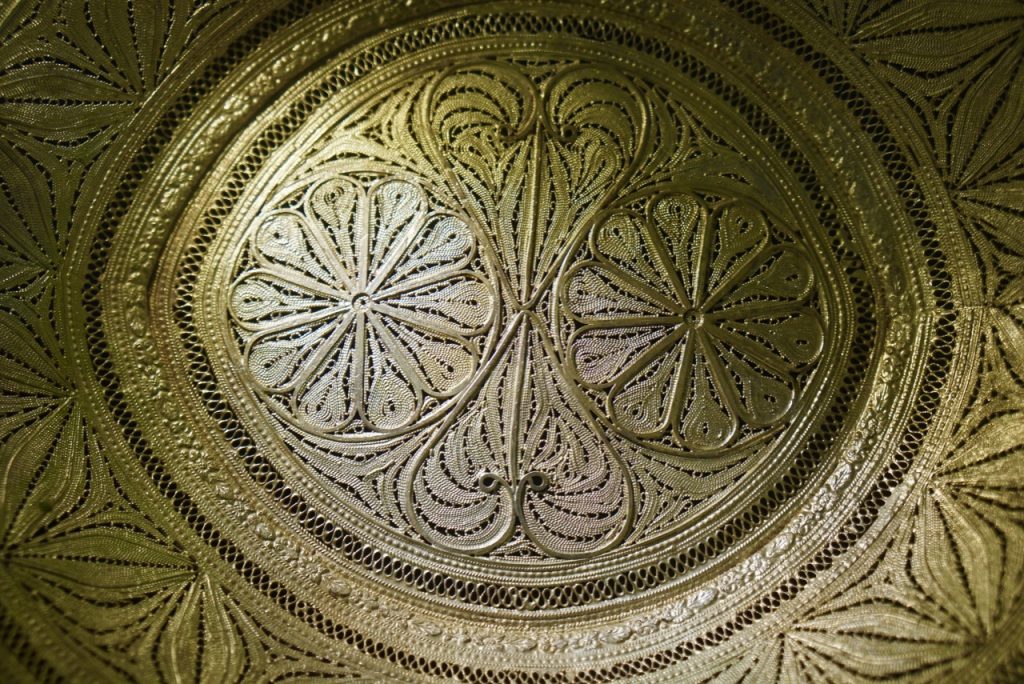
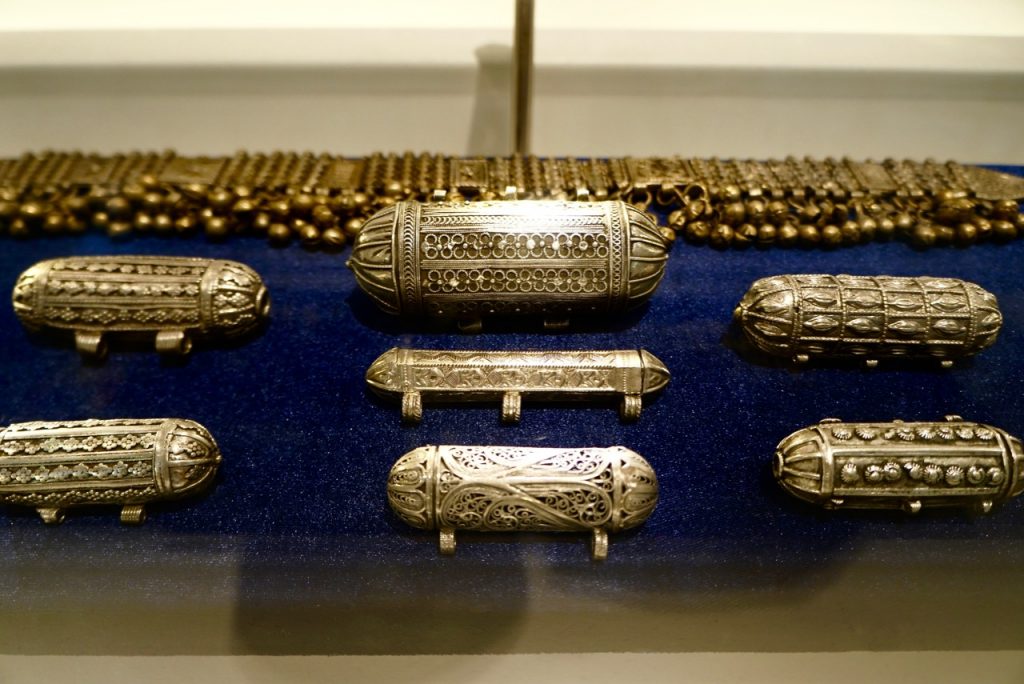
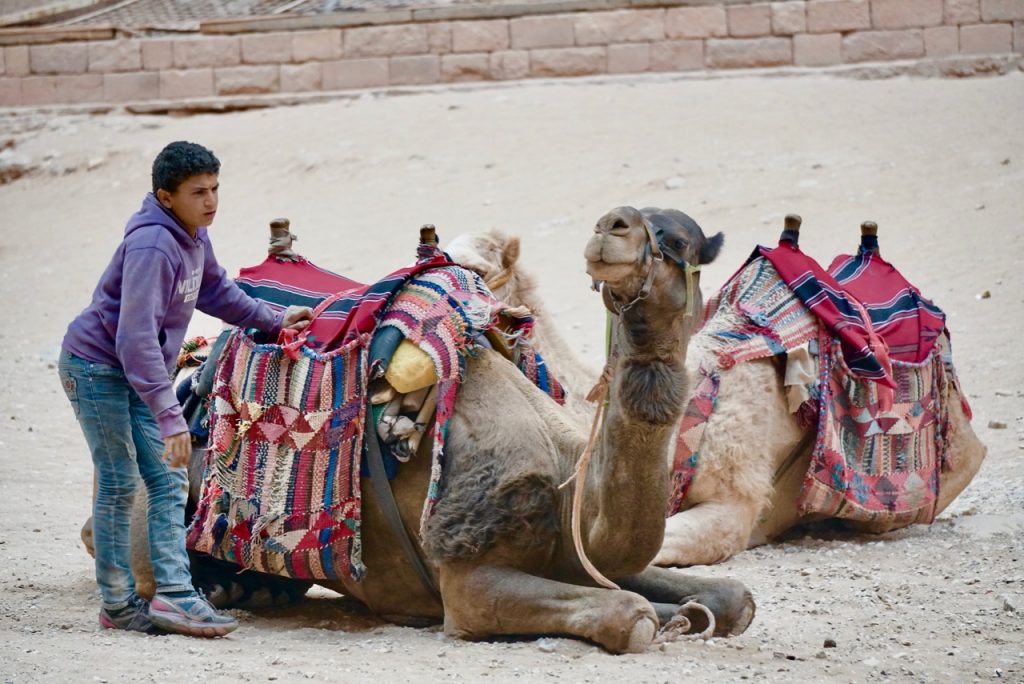
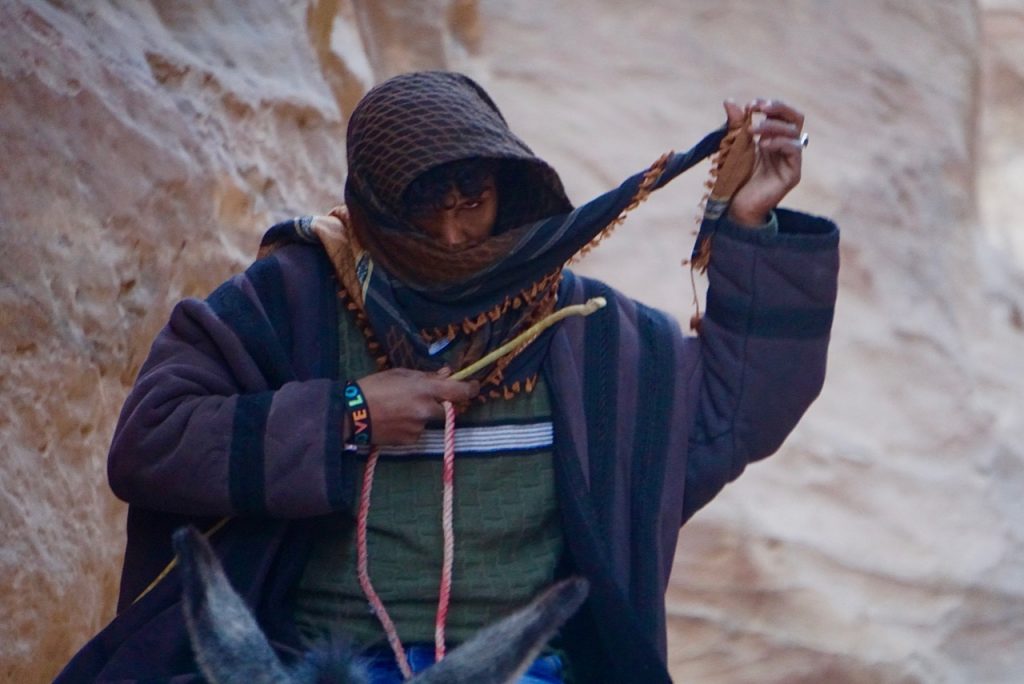
0 Comments on Report from Jordan and Israel
Join the Conversation